“Adapt or die.”
Since May 2014 when Dave started his CCVA project, he's taken crash courses on topics ranging from ecological structure (i.e. how landscapes form and change) to data management to imagery interpretation, just to name a few. All this learnin' has led him to a new protocol that he is confident will lead to a successful Climate Change Vulnerability Assessment by May 2016.
New Protocol:
- Acquire satellite high-imagery data for the TN River Gorge. - COMPLETE
- Use ERDAS software to tease out light values for the different ecological systems.
- Groundtruth (i.e. verify on the ground) that the light values we teased out of the satellite imagery. We need to confirm that the edges of these ecological systems as seen through this imagery are - in fact - the edges on the ground. We're really concerned about how the bounds of these ecological systems are shifting and changing (and affecting wildlife!), so it's important for us to have an accurate map of where each ecological system begins and ends.
- After gathering data on the ground during this year, Dave will head back into the office to compare/contrast the ground data to the satellite imagery.
- Input the finalized data into the Climate Change Vulnerability model.
- Out pops our assessment!
Once the Climate Change Vulnerability Assessment is completed, the Trust will have a working knowledge of which pieces of land in the Gorge are prioritized for acquisition and stewardship based on the coming changes in climate over the next 50-100 years.

